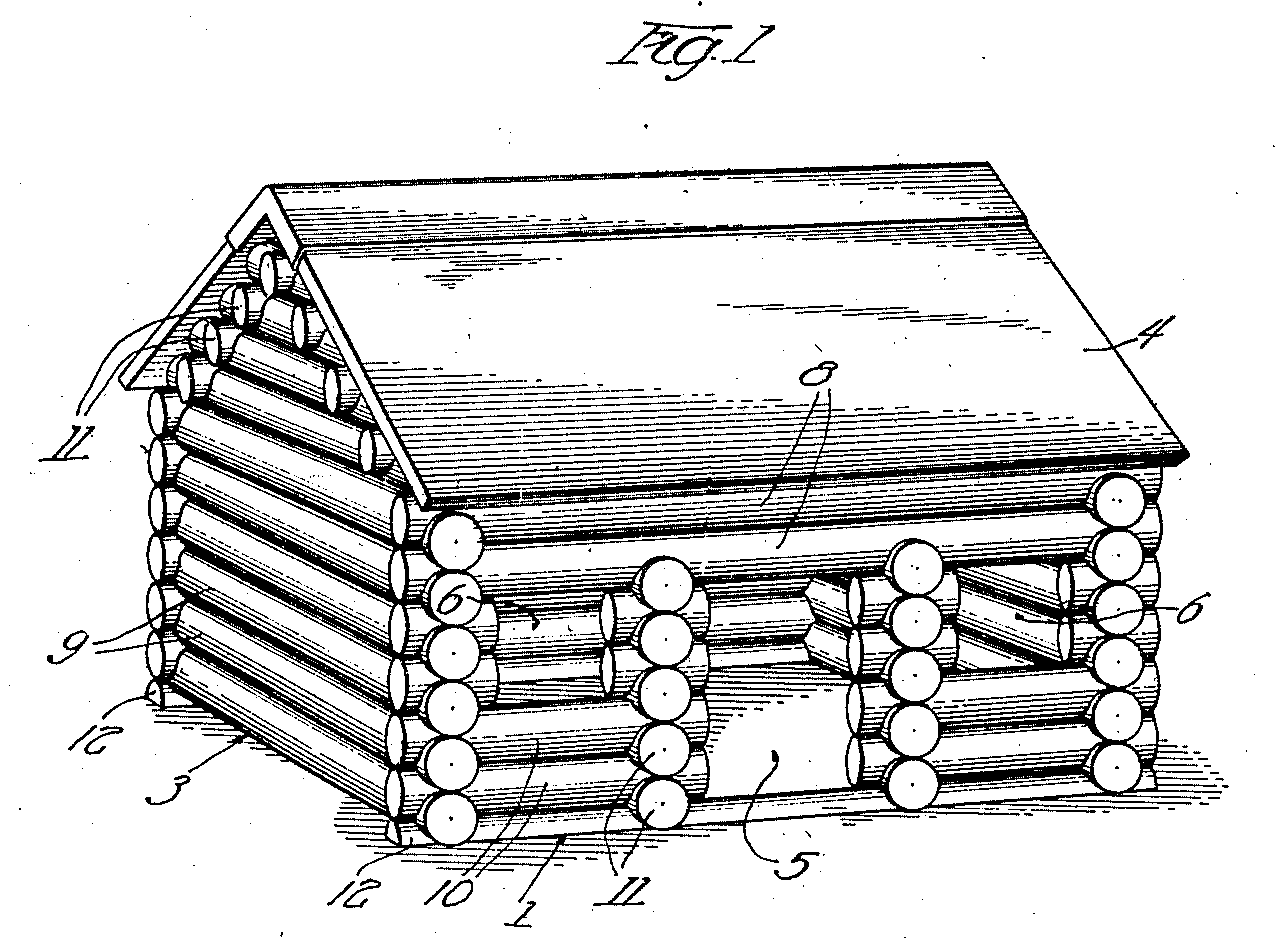[Most Recent Entries] [Calendar View]
Wednesday, April 21st, 2021
| Time | Event |
| 12:17a | Amazon Is Giving Away 10 Free Kindle eBooks for World Book Day (Until April 24)
FYI: You can download 10 free international ebooks as part of Amazon’s free giveaway for World Book Day. Writes CNET:
Get the free ebooks here. If you could use a Kindle, snag one here. Also, please feel free to explore our collections of free audio books, free online courses, and movies you can watch online. Would you like to support the mission of Open Culture? Please consider making a donation to our site. It’s hard to rely 100% on ads, and your contributions will help us continue providing the best free cultural and educational materials to learners everywhere. Also consider following Open Culture on Facebook and Twitter and sharing intelligent media with your friends. Or sign up for our daily email and get a daily dose of Open Culture in your inbox. Related Content: 1,000 Free Audio Books: Download Great Books for Free “Library Extension” Helps You Find Books At Your Local Library While You Shop for Books Online 1,700 Free Online Courses from Top UniversitiesAmazon Is Giving Away 10 Free Kindle eBooks for World Book Day (Until April 24) is a post from: Open Culture. Follow us on Facebook, Twitter, and Google Plus, or get our Daily Email. And don't miss our big collections of Free Online Courses, Free Online Movies, Free eBooks, Free Audio Books, Free Foreign Language Lessons, and MOOCs. |
| 11:00a | How Frank Lloyd Wright’s Son Invented Lincoln Logs, “America’s National Toy” (1916) How many architectural careers have been kindled by Lincoln Logs? Since their invention in the mid-1910s, these deceptively simple wooden building blocks have entertained generations of children, whichever profession they entered upon growing up. I myself have fond memories of playing with Lincoln Logs, which, with about 70 years of history already behind them, were a venerable playtime institution, not that I knew it at the time. I certainly had no idea that they’d been invented by the son of Frank Lloyd Wright — nor, indeed, did I have any idea who Frank Lloyd Wright was. I just knew, as many kids did before me and many do still today, that they were fun to stack up into cabins, or at least cabin-like shapes.
The special fascination for these blocks exhibited by Wright’s second son John Lloyd Wright hinted at a conflict of interests to come: though John “began to feel that spirit of being an architect” in the playroom, says toy historian Steven Sommers, “there was always a tension between his father, who was an architect, and his [own] love for building toys that he’d begun to learn in that Froebel system of early childhood education.” The two intersected when Wright fils assisted Wright père on one of the latter’s most famous works, the Imperial Hotel in Tokyo.
John Lloyd Wright took note of the interlocking timber beams used to make the structure “earthquake-proof” — a design later tested by 1923’s Great Kanto Earthquake, which left most of the city destroyed but the Imperial Hotel standing. By that time, the younger Wright had already acted on his inspiration to invent the similarly interlocking Lincoln Logs (see patent drawing above), which quickly proved a hit on the market. Named after the sixteenth president of the United States and the log cabin in which he’d grown up, the product tapped into American frontier nostalgia even at its debut. In the century since, Lincoln Logs have survived wartime material rationing, the rise and fall of countless toy trends, the buying and selling of parent companies, a brief and unappealing late-60s attempt to make them out of plastic, and even the Imperial Hotel itself. For “America’s national toy,” structural endurance and cultural endurance have gone together. Related Content: Frank Lloyd Wright Creates a List of the 10 Traits Every Aspiring Artist Needs Frank Lloyd Wright Reflects on Creativity, Nature and Religion in Rare 1957 Audio The Modernist Gas Stations of Frank Lloyd Wright and Mies van der Rohe The Frank Lloyd Wright Lego Set A is for Architecture: 1960 Documentary on Why We Build, from the Ancient Greeks to Modern Times Based in Seoul, Colin Marshall writes and broadcasts on cities, language, and culture. His projects include the Substack newsletter Books on Cities, the book The Stateless City: a Walk through 21st-Century Los Angeles and the video series The City in Cinema. Follow him on Twitter at @colinmarshall or on Facebook. How Frank Lloyd Wright’s Son Invented Lincoln Logs, “America’s National Toy” (1916) is a post from: Open Culture. Follow us on Facebook, Twitter, and Google Plus, or get our Daily Email. And don't miss our big collections of Free Online Courses, Free Online Movies, Free eBooks, Free Audio Books, Free Foreign Language Lessons, and MOOCs. |
| 2:00p | Watch the “Greatest Juggler of the Ages,” Frances Brunn, Perform His “Painfully Exciting” Juggling Routine (1969) When John Ringling North, then president of Ringling Bros. and Barnum & Bailey Circus, saw a pair of German jugglers and acrobats perform in Spain, he immediately invited them to join “the Greatest Show on Earth.” A brother and sister team, Francis and Lottie Brunn would astonish audiences. In 1950, theater critic Brooks Atkinson called Francis “the greatest juggler of the ages. Not many people in the world are as perfectly adjusted as Mr. Brunn is. He will never have to visit a psychiatrist.” If physical grace and balance are reflective of one’s state of mind, maybe he was right. When Lottie left the act in 1951, Francis went on to popular fame and even more hyperbolic acclaim. “After he performed before the queen of England in 1963, The Evening Standard called his show ‘almost painfully exciting,’” Douglas Martin writes at The New York Times. “Trying to describe Brunn’s act is like trying to describe the flight of a swallow,” writes Francisco Alvarez in Juggling: Its History and Greatest Performers. He became a regular performer on The Ed Sullivan Show, “played the Palace with Judy Garland,” notes Martin, “and went twice to the White House, where President Dwight D. Eisenhower proclaimed him the best juggler he had ever seen.” None of this should bias you toward the television performance, above, of course. (How many jugglers could Eisenhower have seen, anyway?) Judge for yourself. By way of further context, we should note that Brunn was known for perfecting “an austere but demanding minimalism. He was fascinated by controlling just one ball, and virtually compelled audiences to share this fascination.” Or as Brunn put it, “it sounds like nothing, but it is quite difficult to do properly.” As anyone (or virtually everyone) who has tried and failed to juggle can attest, this description fits the art of juggling in general all too well. Brunn made it look laughably easy: “Large numbers of objects posed scant problem. He was believed to be the first juggler in the world to put up 10 hoops,” Martin writes. He also liked to incorporate flamenco into his act to compound the difficulty and the grace. “I do not consider myself doing tricks,” he said in 1983. “There is one movement for eight minutes. It’s supposed to be, let’s say, like a ballet…. I would love if the audience is so fascinated that nobody applauds in the end.” Brunn, I suspect, never got to hear the sound of stunned silence after his act. Related Content: Discover Alexander Calder’s Circus, One of the Beloved Works at the Whitney Museum of American Art Josh Jones is a writer and musician based in Durham, NC. Follow him at @jdmagness Watch the “Greatest Juggler of the Ages,” Frances Brunn, Perform His “Painfully Exciting” Juggling Routine (1969) is a post from: Open Culture. Follow us on Facebook, Twitter, and Google Plus, or get our Daily Email. And don't miss our big collections of Free Online Courses, Free Online Movies, Free eBooks, Free Audio Books, Free Foreign Language Lessons, and MOOCs. |
| 7:00p | Watch Metallica Play “Enter Sandman” Before a Crowd of 1.6 Million in Moscow, During the Final Days of the Soviet Union (1991) In the years following the collapse of the Soviet Union a “triumphalist discourse” arose in the U.S., writes historian Richard Sakwa, “which suggests that the Soviet demise was a deliberate act plotted and executed by president Ronald Reagan” with massive military budgets and nuclear threats. This narrative has less exclusive currency today. There are as many theories as theorists of Soviet demise, among them the “compelling argument,” says Jim Brown, producer of a documentary called Free to Rock, “that rock and roll was a factor — a contributing factor of many — in ending the Cold War.” It’s not a facetious claim and may have little to do, as some allege, with the CIA spreading foreign influence in the U.S.S.R. during the 1980s. A homegrown “rock subculture,” writes Carl Schreck at The Atlantic, “had been percolating in the Soviet Union for decades by the time Gorbachev came to power in 1985.” As Metallica came to power in 1991 with The Black Album, their best-selling record — and one of the biggest selling albums of all time, worldwide — young Russians did not need to be instructed in the finer points of rocking out against authoritarianism and government control. Never before, however, had Russian rockers gathered in the open as they did in ‘91, when the heavy metal festival Monsters of Rock stopped in Moscow for the first time since its founding in 1980, attracting a reported 1.6 million fans — one of the largest concerts in history — to see headliners AC/DC, Metallica, and Pantera. The show “was not the first time Western heavy-metal acts have played Moscow,” wrote The New York Times. “In 1989, Ozzy Osbourne, Bon Jovi and Motley Crue filled Lenin Stadium for two days to help raise money for Soviet charities.” But Monsters of Rock was something different. Promoted as a “celebration of democracy and freedom” by its corporate sponsor, Time Warner, and arriving just a month after a failed coup attempt by Soviet hardliners, the concert was something of a successful coup for AC/DC, who “until a few years ago… were formally banned in the Soviet Union.” (One 1985 list compiled by the Young Communist League said they promoted “neofascism” and “violence.”) Soviet music critic and writer Andrei Orlov gestured toward realpolitik in a remark on the subject: “Look at the graffiti in the city. AC/DC is written on every wall.” Even more revolutionary, in heavy metal terms, was the appearance of Metallica at second billing on the tour. It would prove to be one of several “ live coups,” for the band, K.J. Daughton writes. After their massive success on MTV with “Enter Sandman,” “Unforgiven,” and “Nothing Else Matters,” the band played several major concerts, including their “historic musical tour de force” at Tushino Airfield in Moscow. “In a video of the set,” writes Didier Cadena (watch it in full above), “one can see the ocean of people moving around and singing along, even though the majority of the crowd only knew English through the music.” The concert was not without its moments of violence. “The brutal intervention of Soviet police left 53 people injured,” writes Daughton (see some of the official overreaction above). But these were the rattles of a dying police state. Just a few months later in December, the Soviet Union officially dissolved. Can AC/DC or Metallica take credit? No, but they were important symbols for a wave of disaffected Russian youth the Soviet leader himself had no desire to hold back. Gorbachev, after all, was “a fan of Elvis Presley,” says Brown. “He liked rock and roll… And I think he takes pride in the fact that after wasting, you know, trillions of dollars on weapons, that words and actions and culture brought these two countries together.” Related Content: Josh Jones is a writer and musician based in Durham, NC. Follow him at @jdmagness Watch Metallica Play “Enter Sandman” Before a Crowd of 1.6 Million in Moscow, During the Final Days of the Soviet Union (1991) is a post from: Open Culture. Follow us on Facebook, Twitter, and Google Plus, or get our Daily Email. And don't miss our big collections of Free Online Courses, Free Online Movies, Free eBooks, Free Audio Books, Free Foreign Language Lessons, and MOOCs. |
| << Previous Day |
2021/04/21 [Calendar] |
Next Day >> |







